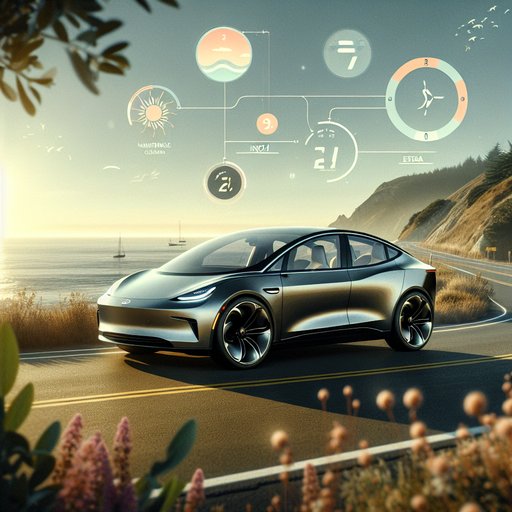
After 12 months and 40,000 miles with a 2022 Tesla Model 3 Long Range AWD on 18-inch Aero wheels, we tracked every charge, service visit, and consumable to document real-world reliability and total ownership costs across four seasons.
Our test car is a dual-motor Model 3 Long Range with an estimated usable battery capacity around 75 kWh, an 11.5 kW onboard charger, and up to 250 kW DC fast-charging capability. EPA range is 358 miles on 18-inch all-seasons; we kept the factory wheel/tire setup and followed a 6,000-mile rotation interval. MSRP at purchase was $54,490 before incentives. Testing spanned -5°F winter mornings to 105°F summer freeway slogs, with a 45-mile mixed commute, two cross-country road trips, and regular mountain drives.
Charging was 70% home Level 2 at $0.16/kWh and 30% public DC fast charging averaging $0.41/kWh. We logged 5 drivers, carried light cargo routinely, and used Tesla’s scheduled service only when needed. Reliability notes: at 6,200 miles we developed wind noise from the driver’s window; a mobile tech replaced the upper glass seal under warranty (30 minutes). At 19,300 miles, a cold-weather front suspension squeak progressed to a low-speed clunk; both front upper control arms were replaced under warranty due to ball-joint noise (known fix), resolving it.
We recorded two infotainment reboots in hot weather (no loss of drive) and one rear seat-latch rattle cured with felt tape. HVAC output dipped in single-digit temps with loud compressor cycling; a subsequent over-the-air update improved behavior, though deep-cold warm-up remains slower than ICE benchmarks. Consumables and wear: the OEM all-season tires were done at 24,800 miles (inner-shoulder wear from frequent high-speed sweepers and a pothole strike). A four-wheel alignment at 18,100 miles ($189) reduced further camber-related shoulder wear.
Replacement tires (grand-touring all-seasons) cost $1,118 installed; the second set measured ~5/32" at test end. Brake pads retained 8–9 mm thanks to strong regen; rotors stayed clean with periodic friction braking. Cabin air filters were changed at 24,000 miles ($75 DIY). We added mud flaps and small rocker-panel PPF ($180) after noticing paint peppering behind the front wheels.
No low-voltage battery or charge-port issues occurred. Energy and recurring costs: lifetime efficiency averaged 260 Wh/mile (230–240 Wh/mile in mild weather; 320–360 Wh/mile in subfreezing temps with preconditioning). Total energy used was ~10,400 kWh, costing $2,420 blended at our measured rates. Peak DC charge observed was 245 kW with a well-warmed battery; typical sessions averaged 118 kW.
Insurance ran $1,520/year for a clean record in a suburban ZIP; registration and taxes will vary by state. Downtime totaled three business days across two service visits; the remaining fixes were mobile. Bottom line: routine maintenance is minimal and downtime low, but plan for faster tire wear and proactive alignments, especially if you drive hard or encounter rough roads. Expect significant winter efficiency penalties and occasional NVH gremlins (window seals, suspension bushings) that Tesla generally resolves under warranty.
Stick with 18-inch wheels, rotate diligently, budget for tires and higher-than-average insurance, and you’ll enjoy low day-to-day operating costs with few long-term reliability surprises.












